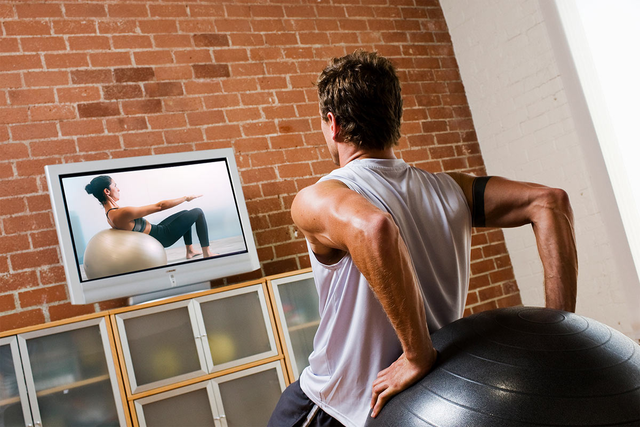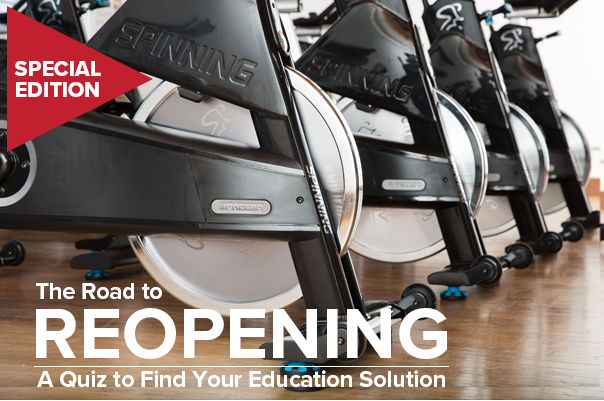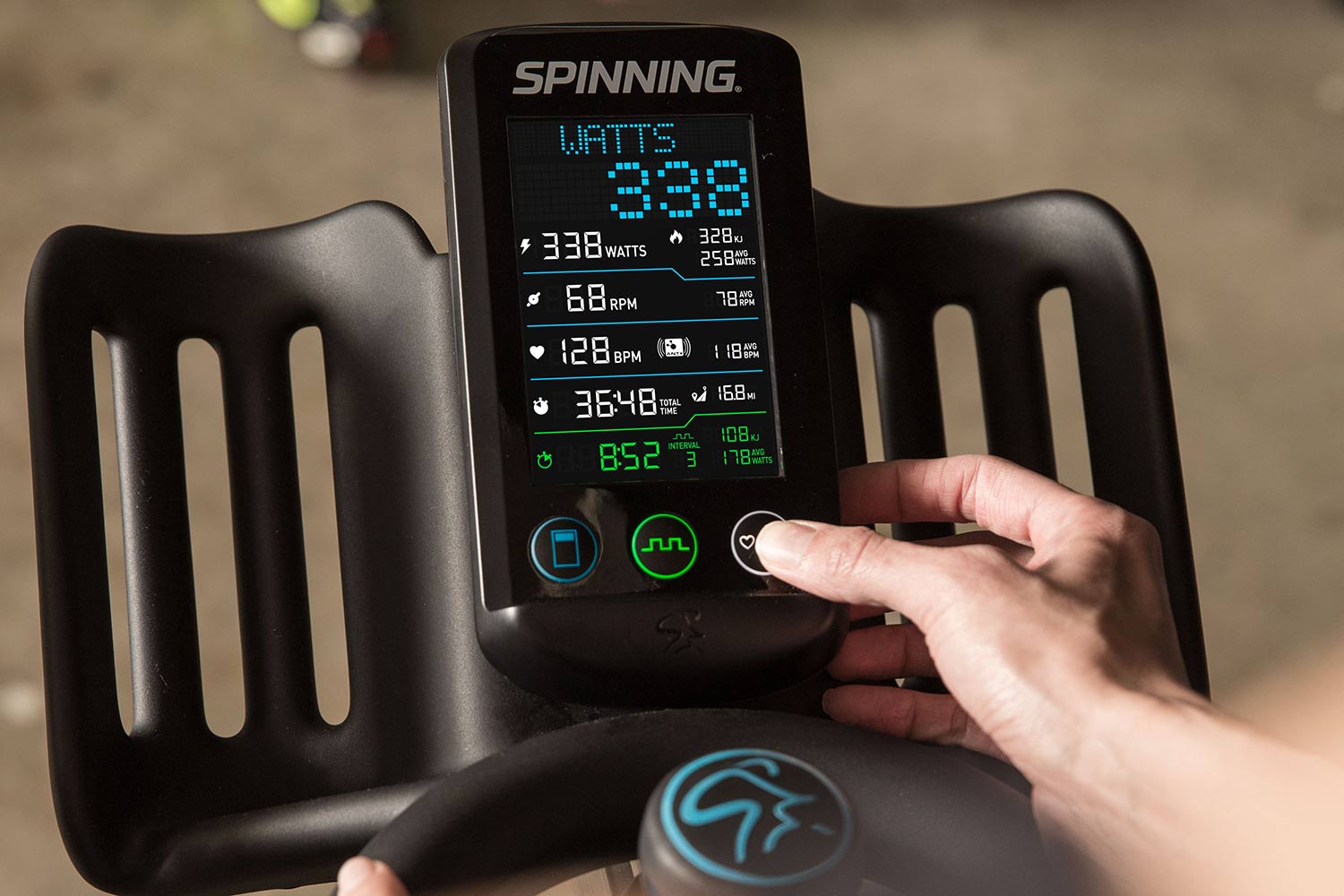Once fitness instructors and club members discovered that strengthening and stabilizing the body's core is a key component of fitness, the core training scene blew up. And now – with a bit more time at home than usual – the situation is ripe for YOU to turn up the heat on your own core at home.
Just as any building requires a strong foundation, your body needs a strong core to improve posture, correct imbalances and enhance coordination when you put the body in motion. This translates to better athletic performance and improved functional capacity.
Another reason to love core training is that it's an ideal complement to the Spinning® program. Core strength and stability lead to increased power in the pedal stroke as well as an increased ability to support the spine in jumps and standing positions. Last, but not least, core training conditions the deep muscles of the abdomen and lower back, and strengthening these muscles is key to a healthy back.
Let’s dive a little deeper into core training, which can be perfected with stability balls at home.
Benefits of Core Training
- Improves efficiency and decreases fatigue by improving postural alignment
- Enhances functional movement by strengthening musculature and improving both joint mobility and flexibility
- Improves awareness with movement (the mind-body connection)
- Promotes balance and improves proprioception, or how a person receives and adapts to stimuli
- Decreases loss of function as we age
- Creates neuromuscular coordination
- Can help to correct muscular imbalances
- Uniformly develops muscle groups for more efficient and productive movement
Core Training and Posture
For the purposes of most fitness programs, the core can be defined as the structures of the body that run from the shoulders down to the pelvis. The muscles, joints, tendons, ligaments, and bones in this area of the anatomy all work together to stabilize the body. When the spine is aligned properly, the center of gravity can manage the physical forces presented to the body without undue stress to any one portion of the anatomy.
When misaligned, the body must make adjustments in order to compensate, creating a tremendous waste of energy. Poor posture produces wasted motion. In sports, power and drive, balance and coordination, efficiency and economy are all enhanced with improved core dynamics.
Core Anatomy and Multiple Joint Movements
Most movements in daily life involve multiple joints. Therefore, in core training, we use multiple joint exercises to challenge the core dynamics by calling upon the stabilizers, as the levers (arms and legs) move toward and away from the body's center. The stronger the core, the better the stabilization.
Muscles of the Upper Core
• Pectoralis major and minor
• Rhomboids
• Trapezius
• Deltoid
• Rotator cuff
• Serratus anterior
• Sternocleido mastoid
• Latissimus dorsi
• Levator scapula
Muscles of the Lower Core
• Abdominals
• Back extensors
• Quadratus lumborum
• Hip extensors (gluteus maximus and minimus)
• Hip flexors (iliopsoas, rectus femoris)
• Hip internal rotators (tensor fascia latae, gluteus minimus)
• Hip abductors (tensor fascia latae, gluteus medius)
• Hip external rotators (gluteus maximus, piriformis)
• Hip adductors
Core Training and Breathing
The importance of the breath during any physical movement is profound. Proper breathing on a day-to-day basis allows effective oxygenation of the blood and delivers the oxygenated blood to the working muscles. During exercise, it helps to relax unnecessary tension in muscles that work to stabilize or are passive.
In core training specifically, being mindful of breathing patterns and depth of breath facilitates safe and effective exercise. Breathing deeply activates deep abdominal muscles and aids in stabilization to perform exercises efficiently and safely.
The Exercises
Core training exercises can be performed in a variety of ways; including standing, on a mat and on stability balls. Either way, emphasis is on slow, controlled, mindful movements, deep breathing and achieving a mind/body connection. No matter what your level of fitness, when starting a core training program, even the exercises that look simple will be surprisingly challenging. There's a lot to focus on: breathing patterns, neutral spine, neutral pelvis, engagement of the deep abdominal muscles, etc. With practice you can expect to perform more advanced variations.
To purchase your own stability ball for core training at home, click here.





Leave a comment
This site is protected by hCaptcha and the hCaptcha Privacy Policy and Terms of Service apply.